DADDY OF VOLCANOES
Mauna Loa and Kilauea, Hawaii Volcanoes National Park, Hawaii
When Hawaii does volcanoes, it doesn’t do them by halves. The Hawaii Volcanoes National Park is not only where Kilauea, one of the world’s most active volcanoes is, but also where Mauna Loa is found. Mauna Loa is the daddy of all volcanoes and holds prime position on the list of biggest volcanoes in the world. Kilauea, not to be too overshadowed, is a mean beast of a volcano which has been continually erupting since the early nineteen eighties.
Why Go? Visit the Hawaii Volcanoes National Park, and you’ll be in one of the most volcanically volatile locations in the world. For that reason alone, you’ll be able to proudly call yourself a real volcano tourist. Watch as lava flows hit the sea and form brand new land or go an exciting drive around the crater rim – eruptions permitting.
When To Go? If you’re in Hawaii and it’s going to rain, then it’ll more than likely happen between November and March, while the rest of the year, the climate is reasonably stable. To see the magnificent lava flows at their glowing best either pre-dawn or after-dark tours are best. In 2018, Kilauea was showering its bad temper on the world and up close viewing access was restricted.
Last Eruption: Mauna Loa: 1984, Kilauea: 2018
Height: Mauna Loa: 4,169 meters; 13,679ft; Kilauea: 1,247 meters;
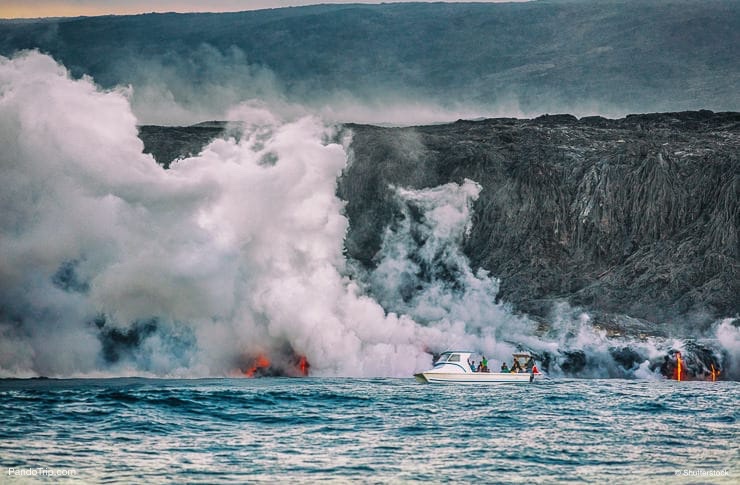
Kilauea volcano eruption boat tour in Hawaii Volcanoes National Park, Hawaii
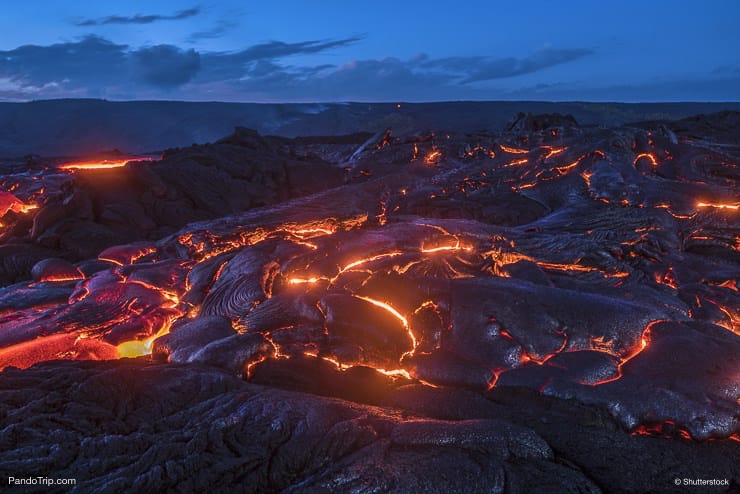
Surface flow lava oozes out during an eruption from Kilauea volcano in Hawaii
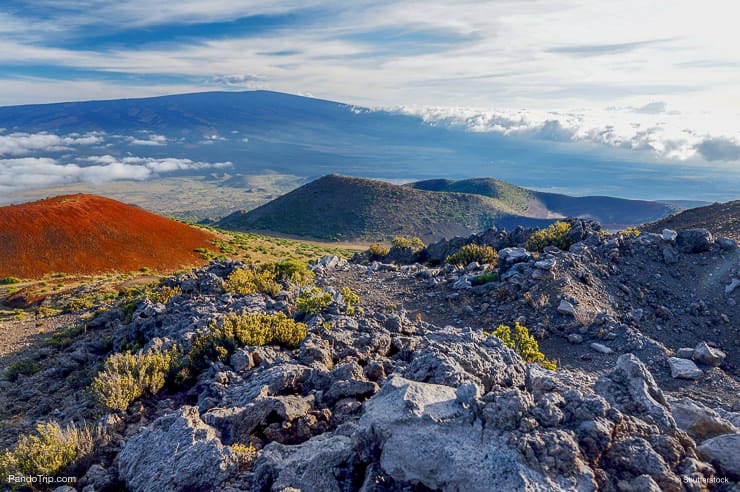
Mauna Loa volcano, Hawaii Volcanoes National Park, Hawaii
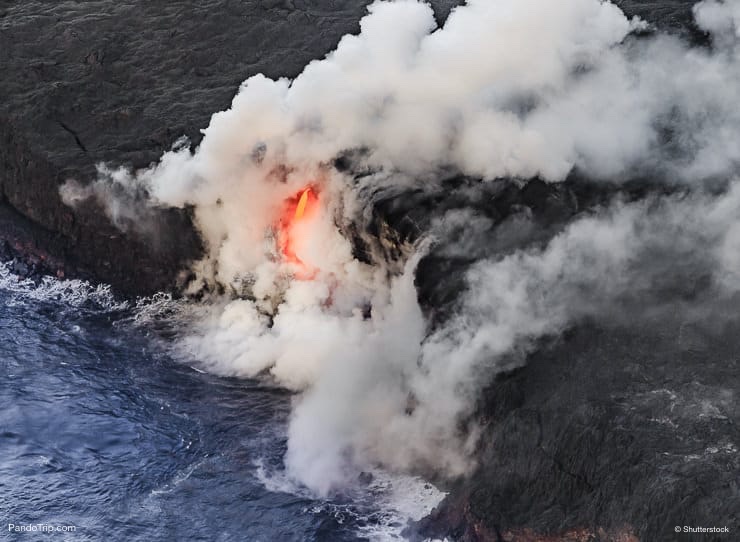
Kilauea Volcano, Hawaii Volcanoes National Park, Hawaii
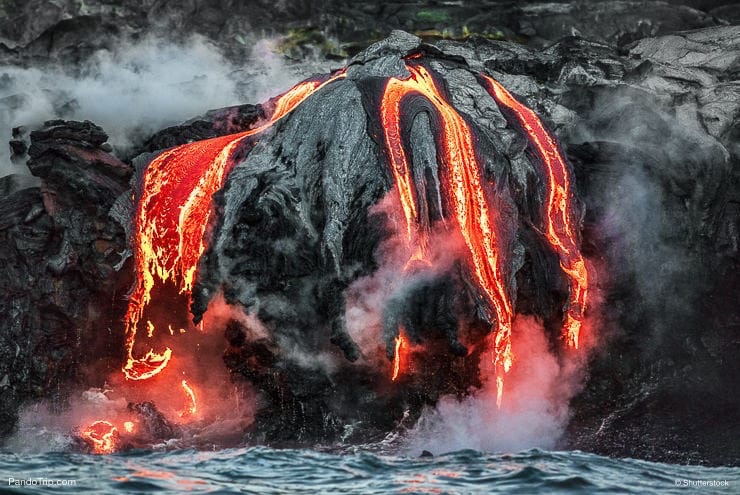
Hawaii lava flow entering the ocean on Big Island from Kilauea volcano in Hawaii


Comments
Post a Comment